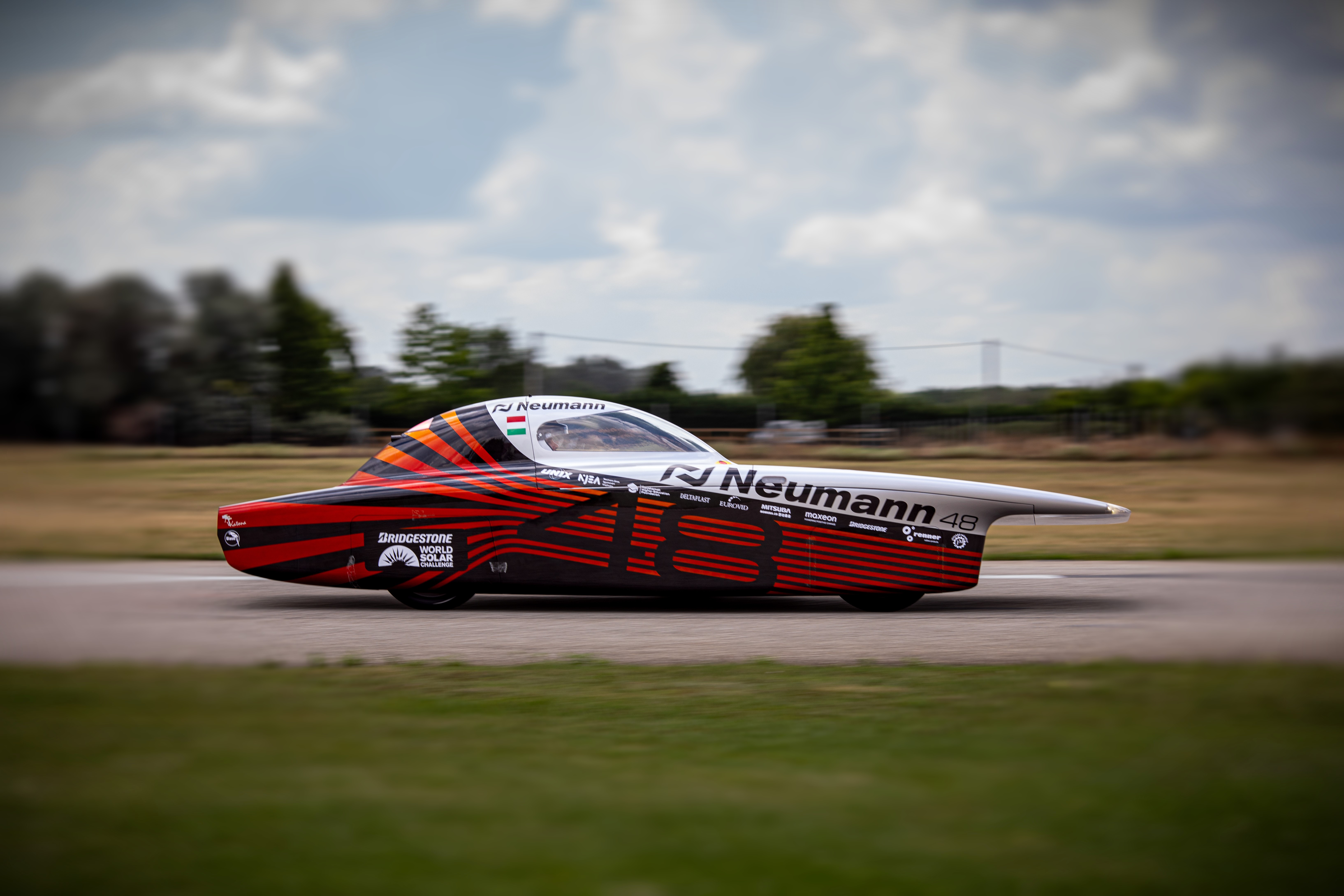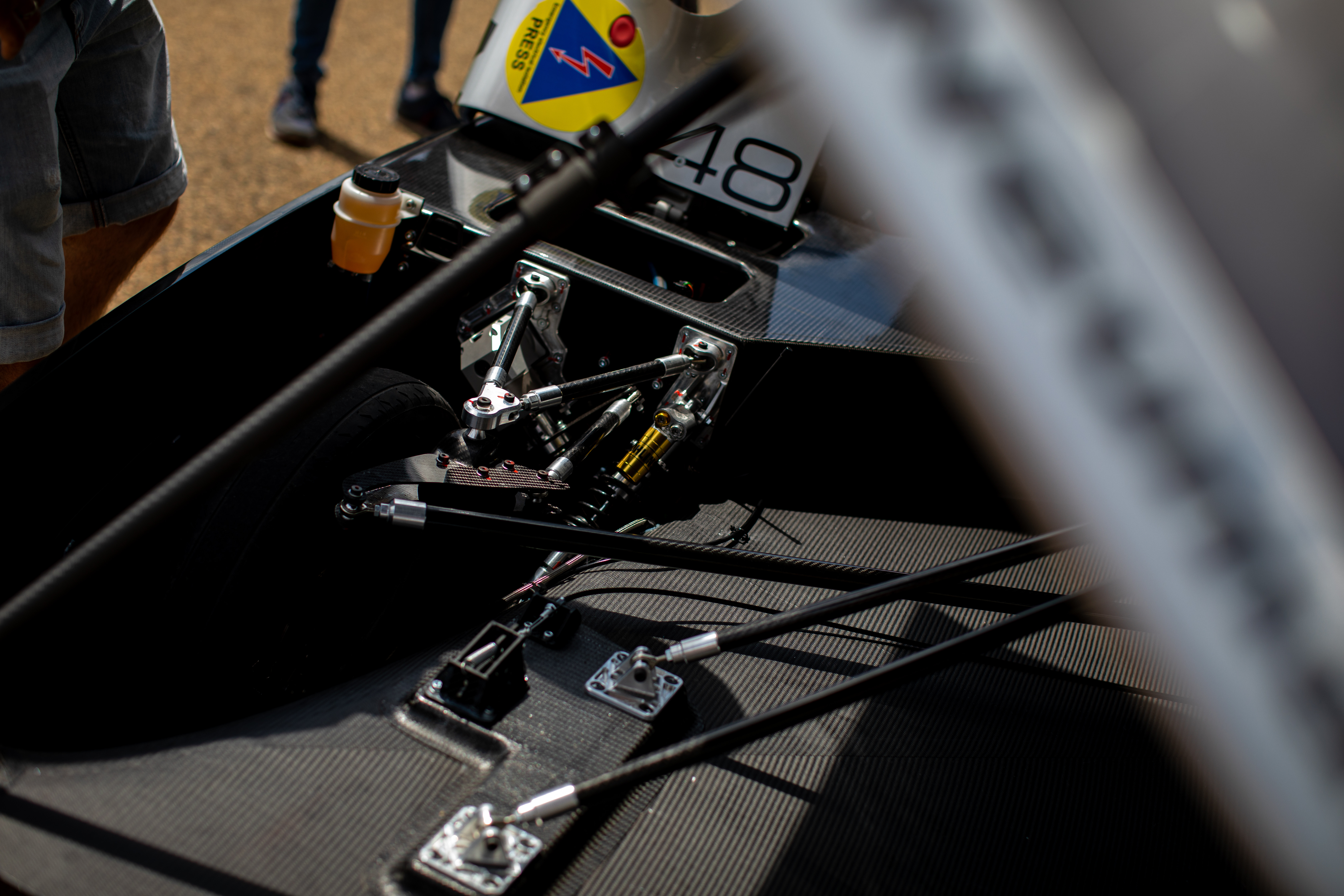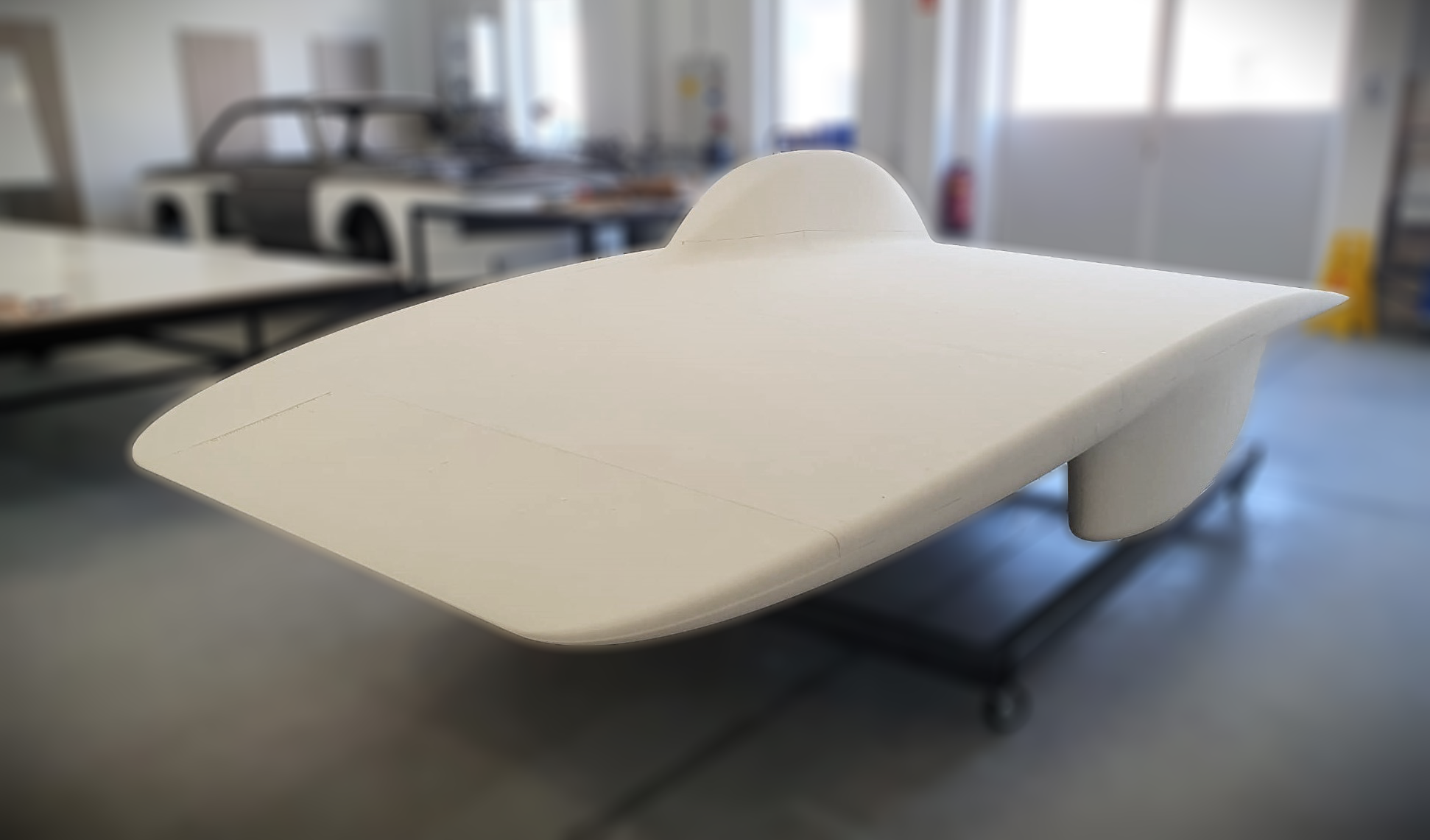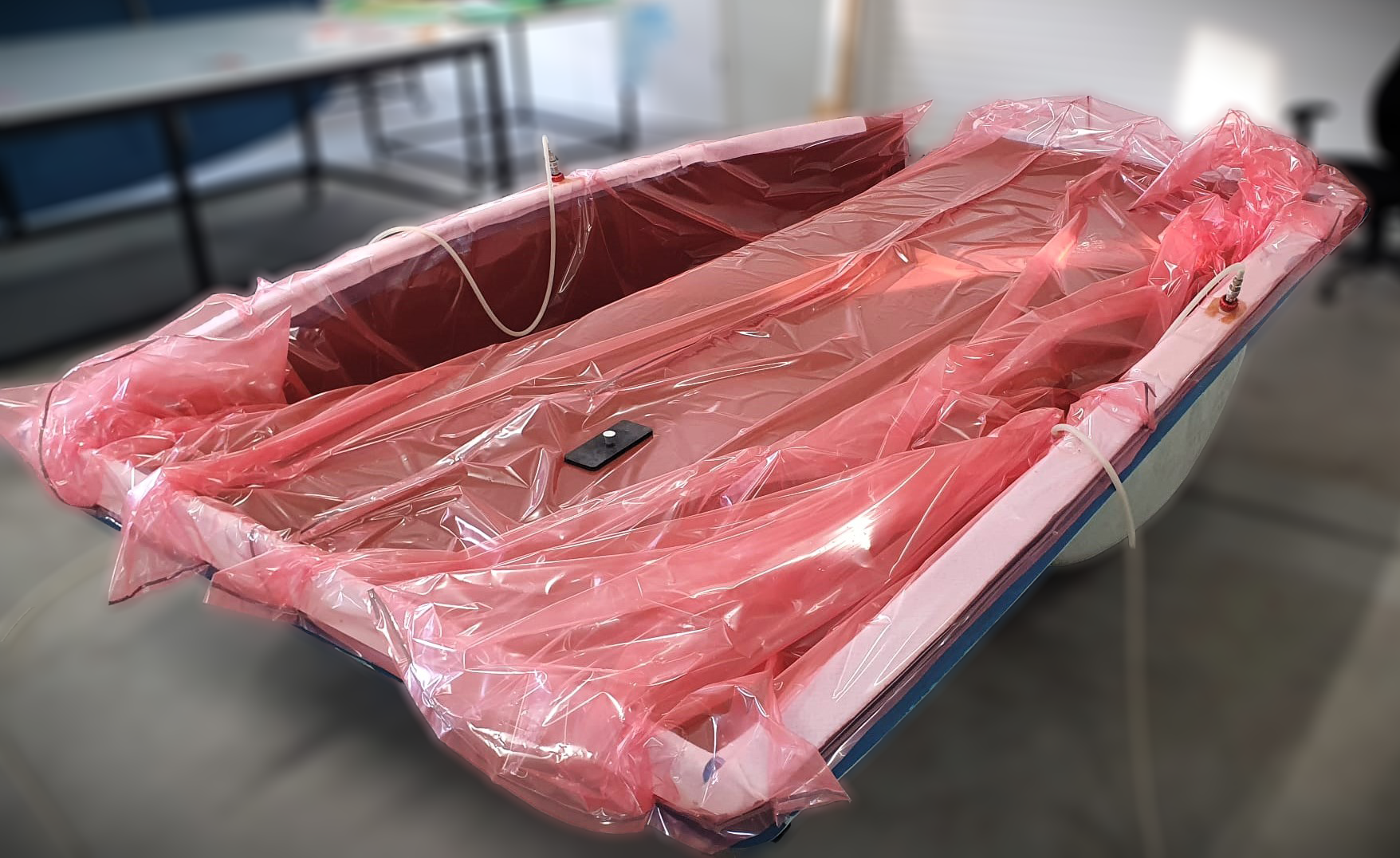
Neumann Solar
John von Neumann University
23/6/2025
We dive deep into transforming ambitious concepts into functional, race-ready machines. For the 2025 Neumann Solar project, our team at Composite Vision Engineering was responsible for the complete design and manufacturing of the carbon fiber monocoque and aerodynamic bodywork. Beyond structural engineering, we also conducted aerodynamic simulations to refine efficiency and performance under the demanding conditions of the World Solar Challenge. Every element, from digital design to cured carbon components, was developed in-house to ensure precision, safety, and innovation. As both manufacturing partner and team members, we were proud to see the car take shape and represent the culmination of advanced composite engineering and collaborative spirit.
Project Overview
In 2025, the Composite Vision Engineering team played a central role in the Neumann János University’s entry to the prestigious Bridgestone World Solar Challenge. This state-of-the-art solar race car was designed to compete in the Challenger Class, focusing on ultimate aerodynamic efficiency and lightweight construction to cover more than 3,000 kilometers across Australia. As CVE, we took full responsibility for the aerodynamic simulations, complete bodywork design, and the manufacturing of the entire carbon fiber monocoque chassis and body panels. The car’s structure was built using aerospace-grade prepreg materials in a honeycomb sandwich configuration, ensuring outstanding stiffness-to-weight performance. Beyond our manufacturing role, we were once again part of the race crew, sharing the unique experience of competing with a dedicated and passionate team.
Process Planning
Starting from the aerodynamic concept, we developed and validated the body shape through detailed CFD simulations to minimize drag and optimize crosswind stability. The aerodynamic results directly informed our composite design process, where we translated the car’s form into a structurally efficient monocoque. Laminate schedules, fiber orientations, and core placements were meticulously engineered to balance performance, safety, and manufacturability. CNC-machined master models were produced from tooling foam, followed by precision mold creation. Every production step was planned to align with the project’s strict timeline, ensuring the car would be ready for testing and race preparation.
Manufacturing
The complete carbon fiber body and chassis were manufactured in-house at CVE, using hand-laid aerospace prepreg reinforced with Nomex honeycomb cores. All structural components were vacuum-bagged and oven-cured in our large-format curing facility. The monocoque sections were precisely trimmed and bonded together, integrating hardpoints for suspension, driver cell safety features, and aerodynamic fairings. Every visible and structural panel was finished to competition standard, reflecting both performance requirements and aesthetic appeal. Once completed, the car successfully underwent testing and was shipped to Australia for the 2025 World Solar Challenge. For us at CVE, this project represented not only an engineering milestone but also a continuation of our passion for pushing composite technology forward — while living the unforgettable adventure of racing alongside an extraordinary team.
























